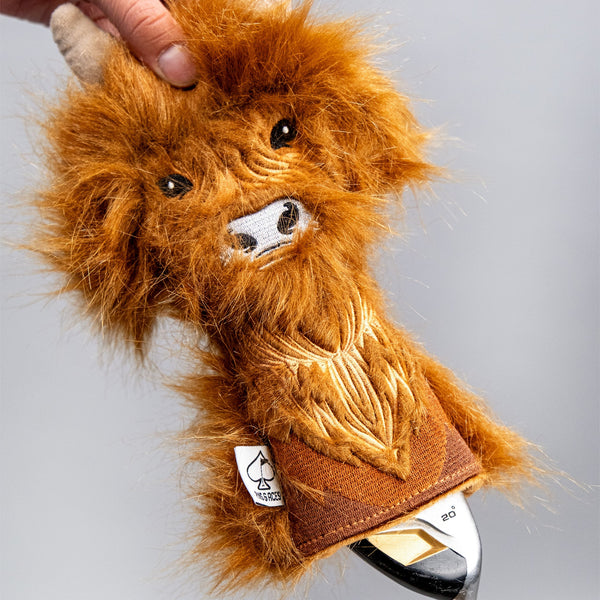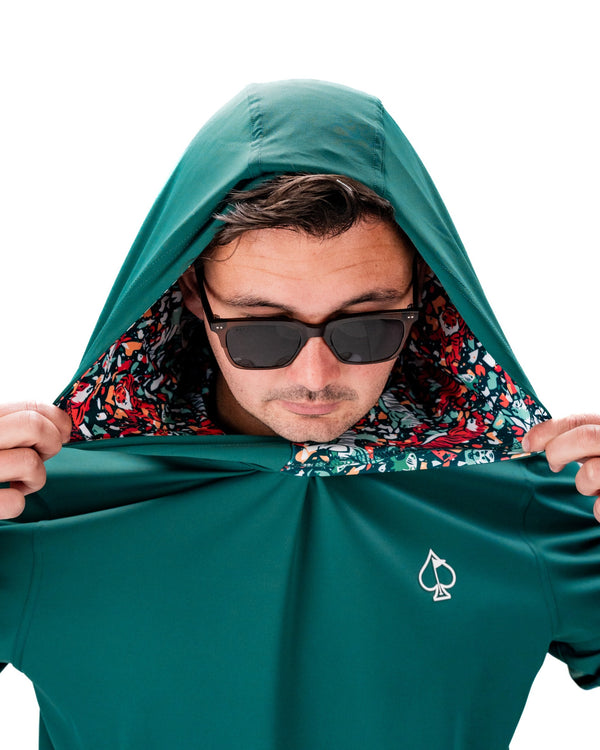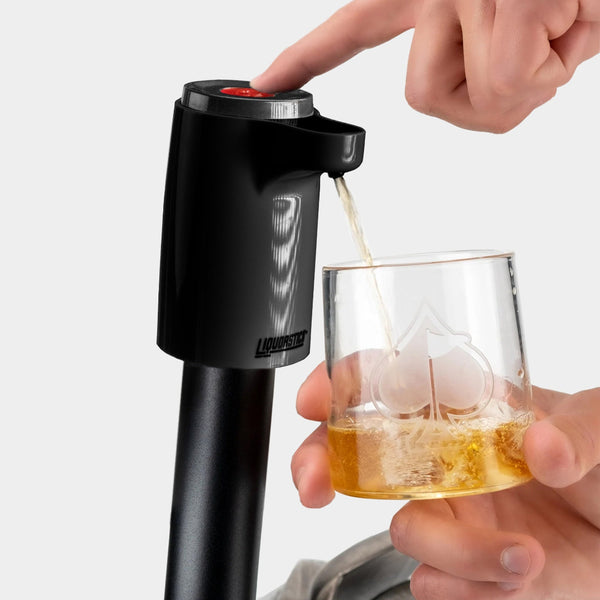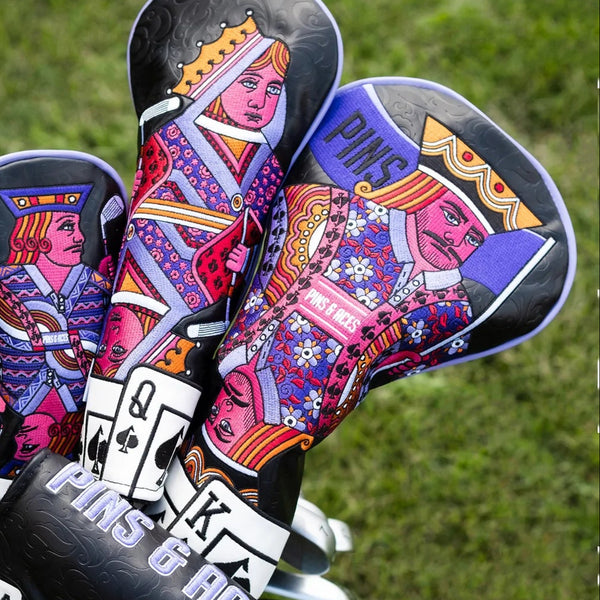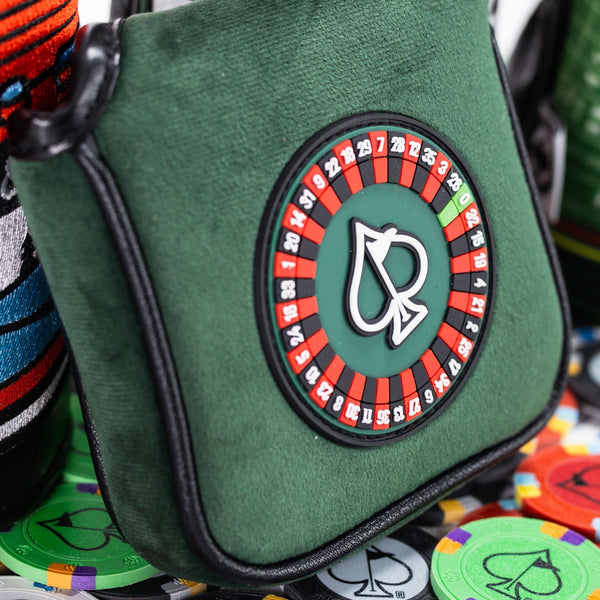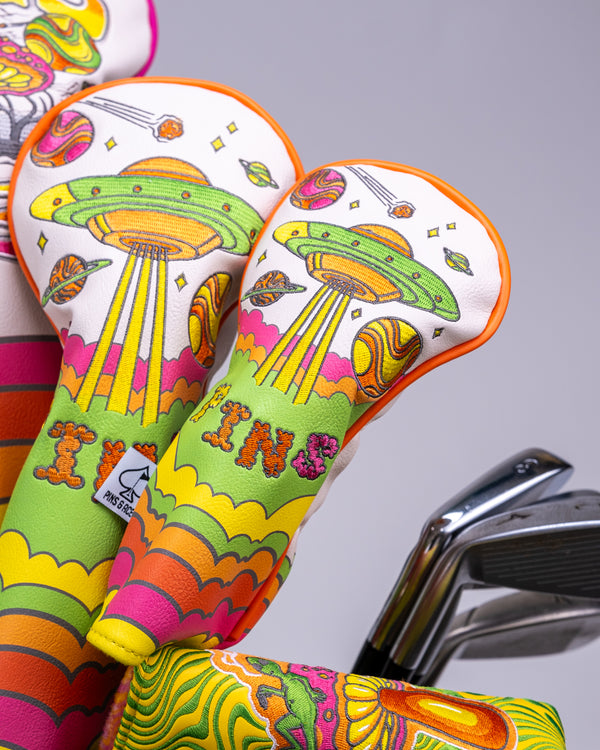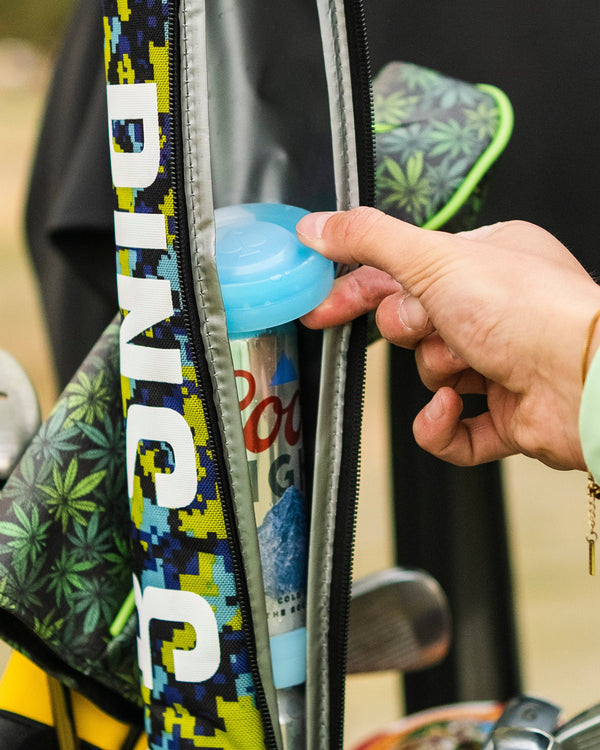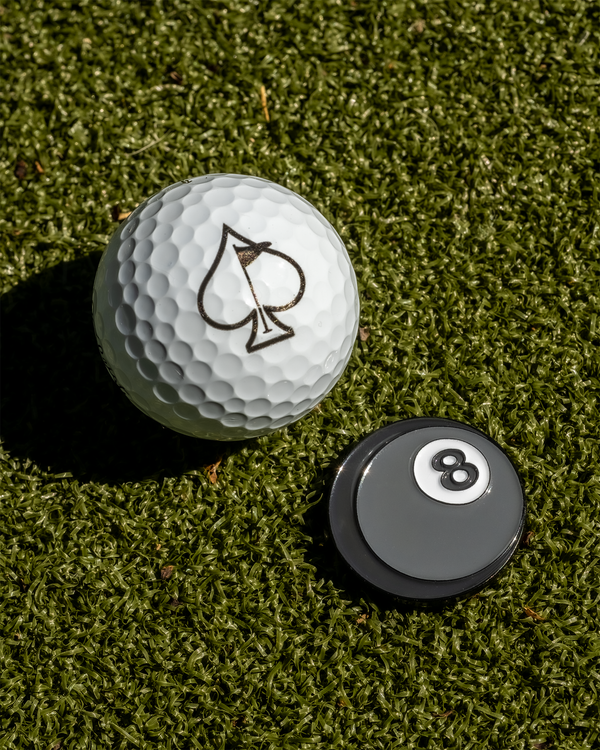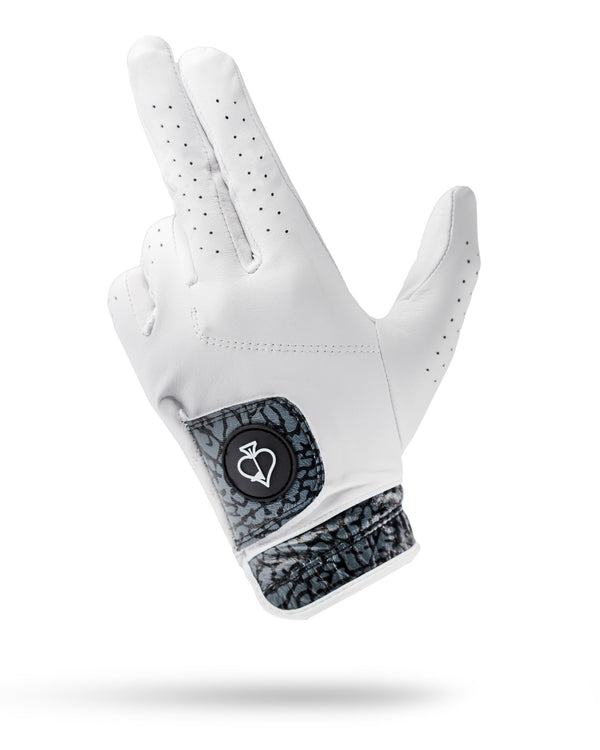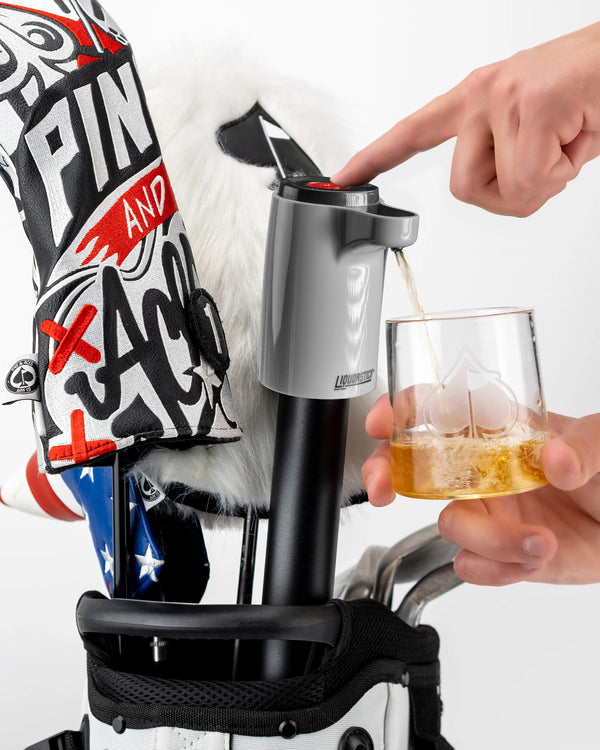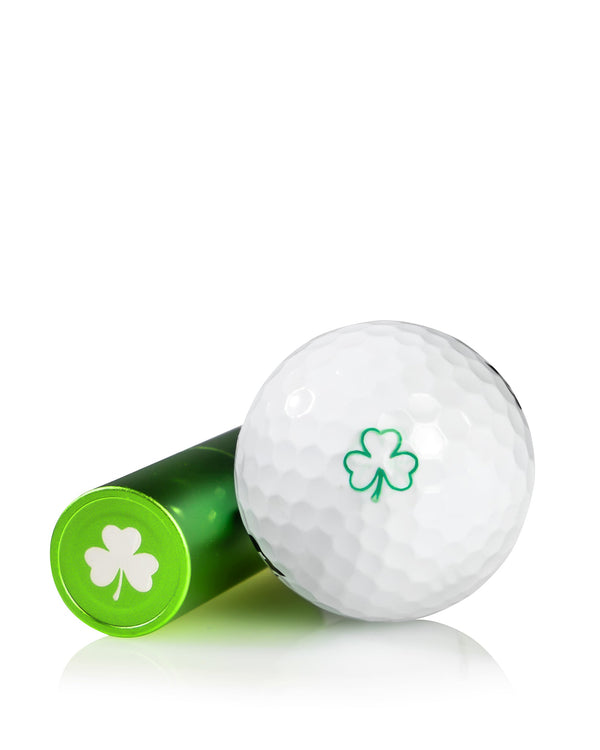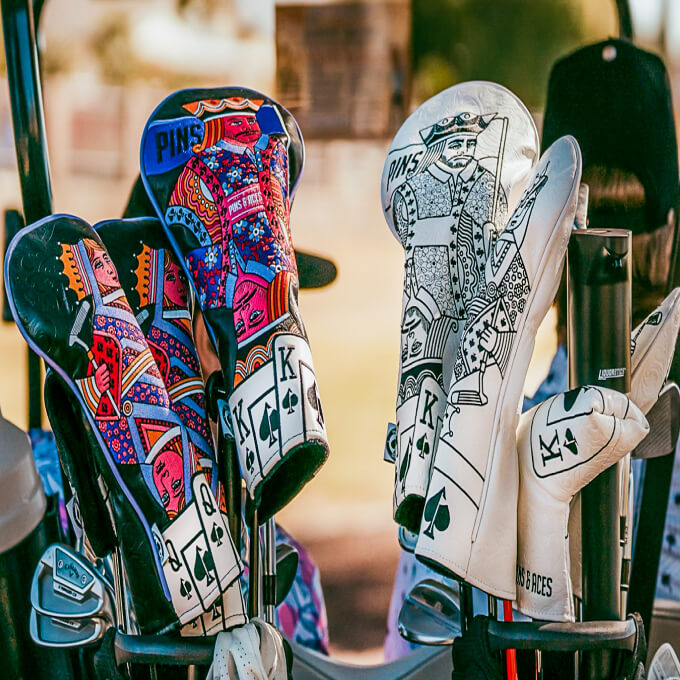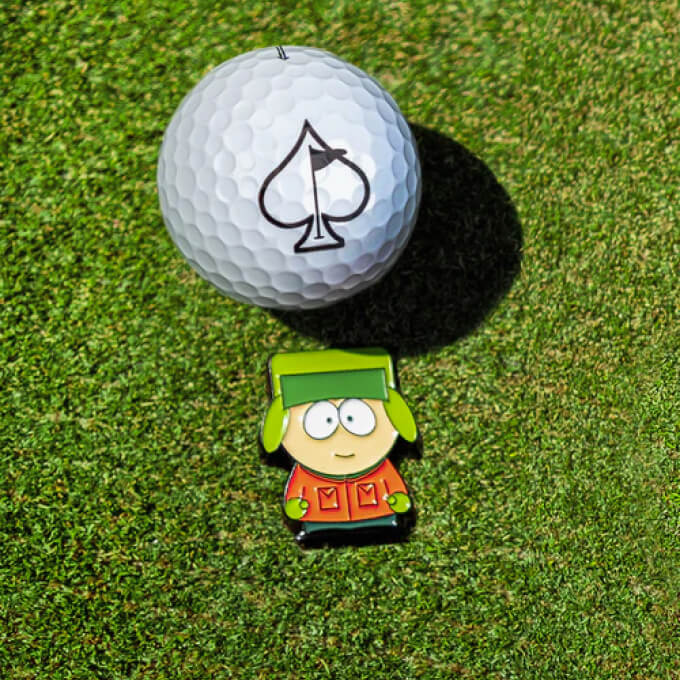Every golfer dreams of having full control over their ball flight. One of the most coveted shot shapes is the draw—a shot that starts slightly to the right (for a right-handed golfer) and curves gently back to the left. It’s a powerful shot that can add distance and accuracy to your game, and for many golfers, it’s a sign that they’ve reached a higher level of control and skill.
But what exactly is a draw, and how do you hit one? Let’s dive into the mechanics of the shot, why it’s beneficial, and some tips to help you master it.
And while you're working on improving your shot, why not look your best doing it? Check out the headcovers collection from Pins & Aces to protect your clubs in style while you’re out there perfecting your draw.
What is a Draw?
A draw is a controlled shot that curves from right to left (for right-handed golfers) or from left to right (for left-handed golfers). The ball starts slightly off-target before curving back towards the target. This shot is considered to be highly effective because it adds a bit of extra roll upon landing, making it useful for gaining distance.
A well-executed draw not only provides distance but also gives you control over your shot, allowing you to avoid hazards or position the ball favorably on the fairway or green. It’s often the preferred shot shape for golfers who want to hit the ball long while keeping it on target.
The Benefits of Hitting a Draw
There are several reasons why mastering the draw can improve your game:
-
Increased Distance: A draw typically has a lower, more penetrating ball flight than a fade (a shot that curves in the opposite direction). This ball flight allows the ball to roll further upon landing, increasing your overall distance.
-
Control: Being able to shape your shot is a key skill for managing your game on challenging courses. A draw gives you the ability to navigate around obstacles like trees, bunkers, or water hazards.
-
Consistency: Many golfers find that once they’ve learned how to hit a draw, they can replicate it consistently. This consistency can lead to lower scores and more confidence in your shot-making ability.
The Mechanics of a Draw
Hitting a draw requires an understanding of swing path and clubface position. Here’s a simplified breakdown of what needs to happen during your swing to produce that coveted right-to-left ball flight:
-
Swing Path: Your swing path should come from the inside-out. This means that the clubhead travels slightly inside the target line on the backswing and then moves outward through impact. This inside-out path is crucial for creating the desired spin that causes the ball to curve.
-
Clubface Position: At impact, the clubface needs to be slightly closed relative to the swing path but still open relative to the target. This creates the draw spin. If your clubface is too closed, you risk hitting a hook (a shot that curves too much), while an open clubface will result in a fade or slice.
-
Grip: Some golfers find that using a stronger grip (rotating your hands slightly clockwise on the club) can help promote a draw. This grip helps naturally close the clubface through impact.
-
Body Alignment: Align your body slightly to the right of your target (for right-handed golfers). Your swing should follow this line, while your clubface points slightly left of your swing path, creating the draw.
Tips for Hitting a Draw
-
Focus on the Swing Path: The inside-out swing path is the foundation of the draw. Practice making smooth, controlled swings that follow this path. You can use alignment sticks at the driving range to ensure your swing is on the correct path.
-
Practice with a Slightly Closed Clubface: Spend time at the range experimenting with your clubface position at impact. A slightly closed face will help you get the draw spin you need, but be careful not to overdo it.
-
Work on Your Grip: A stronger grip can help many golfers hit a draw more easily. If you’re struggling to get the ball to curve, try adjusting your grip slightly and see how it affects your ball flight.
-
Keep Your Lower Body Steady: A stable lower body helps promote the right swing path. Make sure you’re not swaying during your swing, as this can throw off your path and make it harder to control the ball’s flight.
When to Use a Draw
Knowing how to hit a draw gives you options on the course. Here are a few situations where a draw can come in handy:
-
Off the Tee: A draw is perfect for long, straight drives where you want extra distance and roll. Many golfers prefer to hit a draw with their driver because it typically adds yardage.
-
Navigating Hazards: If you’re faced with a tree or other obstacle, a controlled draw can help you avoid trouble and get your ball back on the fairway.
-
Setting Up Approach Shots: A draw can help you position your ball on the correct side of the fairway for the best angle into the green, giving you a strategic advantage for your next shot.
Learning to hit a draw can transform your game, giving you more distance, control, and consistency. While it may take practice to master, the payoff is worth it when you see the ball flying with that perfect curve towards your target.
And while you're working on perfecting your shot, don’t forget to keep your gear protected with the best accessories. Head over to Pins & Aces to check out their collection of premium headcovers, designed to keep your clubs looking sharp and safe while you refine your game.



